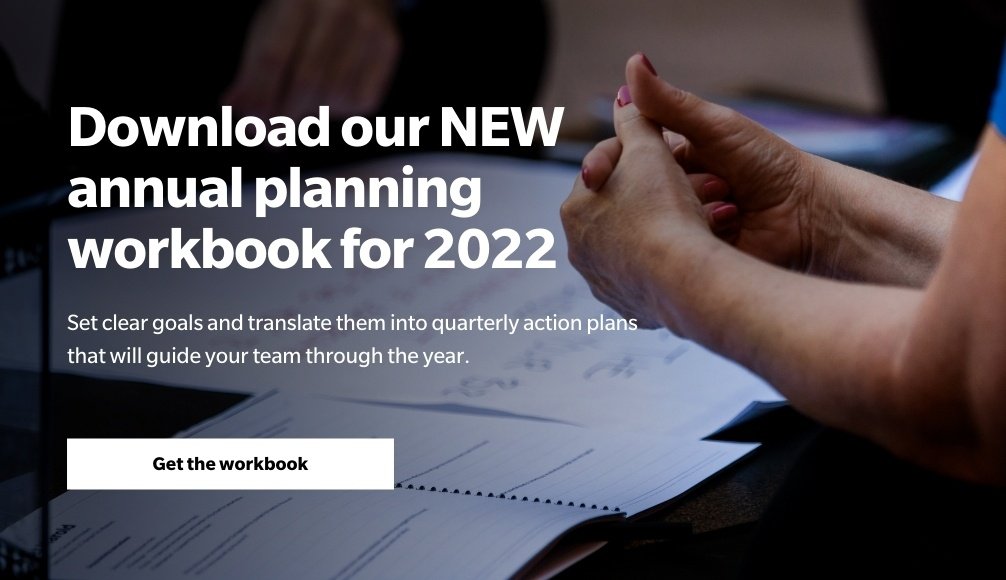When in-person connection all but disappeared in early 2020, small businesses were hit hard, particularly in their Marketing and Lead Conversion Systems. Like other business owners, you likely grappled with big questions about growing or even maintaining your sales and revenue: Without field marketing and face-to-face-engagement, how could you build brand visibility? Or nurture the trust needed to convert your leads? The answer for a huge proportion of business leaders was to implement new technology or rethink the role it played in the business. It’s a movement that both employees and consumers have embraced wholeheartedly.
And the truth is, we’re not going backward from here. As we move into a new post-pandemic world of work, it’s important to understand how technology is changing the way small businesses engage with and serve consumers. Here are four ways to optimize your business systems with a valuable and modern suite of digital tools (sometimes called your “martech stack”).
1. Elevate your online presence
An “online presence” might seem like a basic component of your lead gen strategy—and you may, like many, question its value. But relatively low-cost assets like a simple website with contact info, some eblast newsletters, and an occasional social media post can have a huge impact on helping you spread your marketing message and connect with your target prospects.
If you don’t already have an online presence, make building or improving your website a top priority. If you don’t have the budget for a contractor or consultant, don’t worry. Easy and affordable “DIY” website builders like Squarespace offer a variety of templates so you can customize a page to match your brand, project your vision and communicate the information you need to share—without needing to learn how to code. If you already have a strong website, try leaning more strategically into social media. Focus a couple of hours each week into content planning, then plug your copy into scheduling tools like Hootsuite to send on targeted days. And almost all popular social media platforms now offer highly effective placement features where businesses can list items for sale or advertise services, as well as pay for promoted posts and sponsored content.
2. Create accessible digital purchasing options
Whether yours is a product or service business, the need for a smart, intuitive ecommerce space is the same: imperative. Initial lockdowns forced many brick-and-mortar businesses to adopt online retail systems, and consumers quickly realized (and appreciated) the convenience of not having to leave the house to run errands or even browse. Now, when consumers are looking for convenient, time-efficient retail options that suit their preferences, a business with an online commerce presence is going to win out over one that doesn’t.
This trend is here to stay, and for good reason—but not only for retail businesses. All product and service companies can benefit from some type of ecommerce platform, from external-facing websites with up-to-date offers and online showrooms, to internal inventory, pricing and delivery strategies. Having this in place will save you valuable time and money while connecting you with more customers, and can also help reduce overhead costs. But just as important, digital purchasing is becoming expected from consumers—as well as employees who’ve gotten used to working remotely. Many cloud-based options out there, such as Shopify, are fairly easy to set up—and they walk you through nearly every step of creating an online store that you can easily customize to be on brand and in sync with your in-person sales procedures.
3. Use Customer Relationship Management (CRM) tools
Customer Relationship Management (CRM) software is one of the fastest-growing tech tools used by businesses of every size. Think of your website as one of the primary entryways into your business—but what happens once your prospective client passes through the digital door? That’s where CRMs come in. They gather important prospect or customer data that you can easily organize into workflows and sales pipelines, which is essential for both lead conversion and generation (especially right now when there’s so much less live interaction). We use Salesforce and Hubspot to help us manage and improve our marketing and sales results. Zoho is also a popular and cost-effective option for many small businesses. Beyond managing contacts and leads, and rolling out marketing campaigns, CRMs are equally useful for serving and retaining your clients. They allow you to manage customer interactions, and capture and analyze key metrics, while also helping your team track projects and communicate internally across your business.
4. Dive deeper into video conferencing capabilities
By now you’ve surely become familiar with (and maybe fatigued by!) some of the front-running digital meeting platforms, but have you fully investigated all their capabilities in order to promote genuine interactions virtually?
Before the pandemic, many people hadn’t even heard of Zoom—and now it’s the world’s most used video conferencing platform. That’s in part because of what it offers beyond the basics to support richer communication and lead generation efforts such as webinar functions, phone call and messaging options, and contact management. But the options for video-conferencing are varied and many, so you should find one that suits your needs. Other platforms, like Hopin, are geared specifically with events and the collective experience in mind, with special features to make the virtual experience as genuine and engaging as possible. And now, even more non-traditional audio and/or video solutions allow you to reach niche markets: If your ideal client is of the social media generation, tools like Discord, Clubhouse and Instagram Live let you broadcast and/or engage with your community of followers, prospects and clients. You can also invite people to share their video and audio, all while your participants synchronously contribute via chat. These tools are useful for expanding reach and genuine engagement.
As a leader, more sophisticated video conferencing is a great opportunity to innovate. Take advantage of all the options your chosen platform offers, like live seminar booths, virtual stages or workshop sessions. And introduce fresh elements like chats, polls and gifs—functions and tools that keep things fresh and interactive. (Maybe even check out some fun add-ons like these.)
No matter the industry, business owners like you have had to make tough calls and get creative in order to meet the new demands of the marketplace. And in the past two years, we’ve seen more change in consumer trends than in the last decade combined. So as you continue to craft your annual plan for 2023 and decide where your priorities lie, consider that digital tools are no longer simply nice to have, but a necessary and evolving part of marketing, selling and getting work done.
Still not sure how to begin introducing new tech into your business’ systems? We’re here to help.




Comments